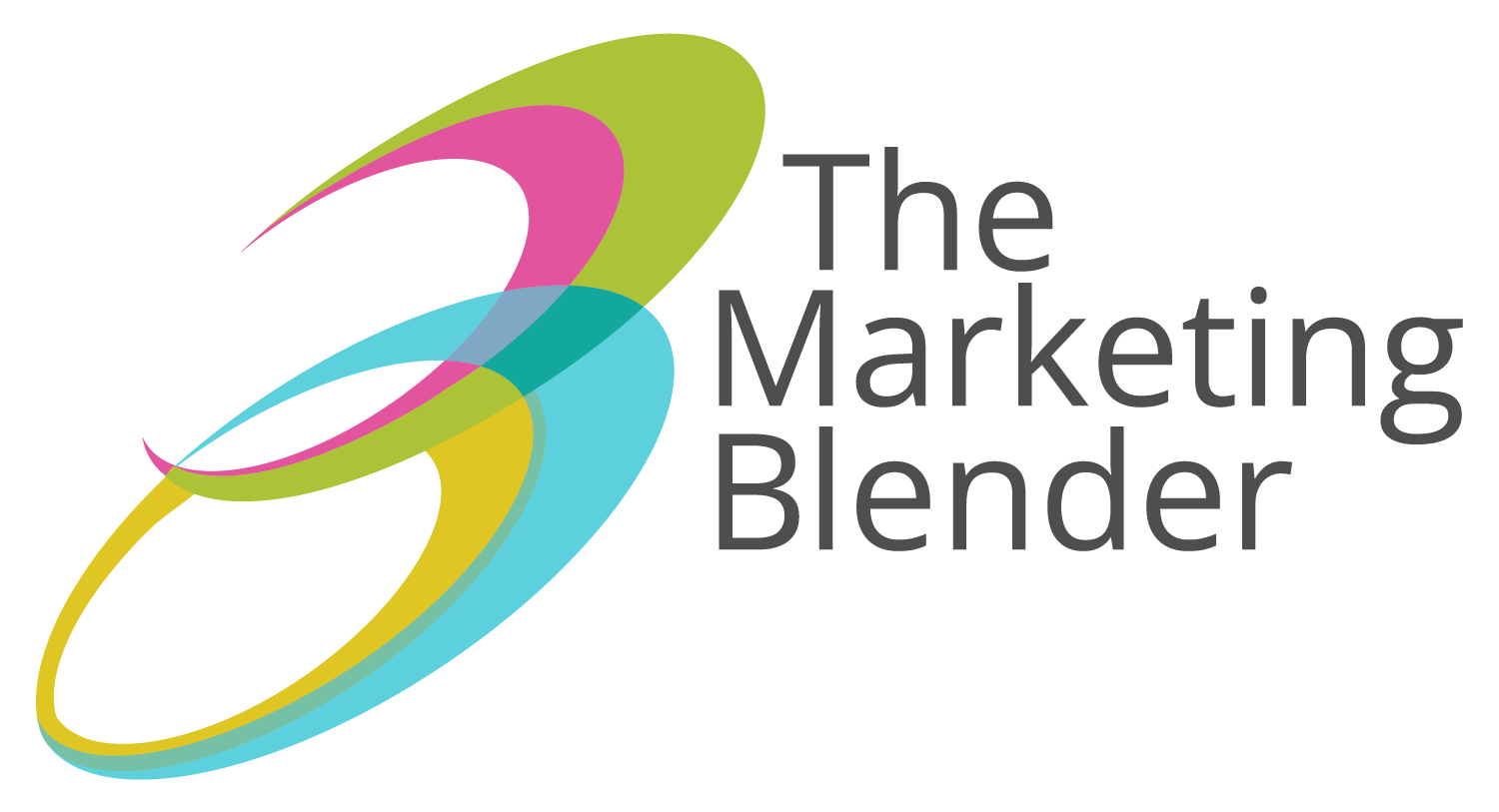It’s a fact of life; we hate it when companies use indecipherable techno-jargon to talk about their products and services. But we’re all guilty of it. We get so used to working in an environment where everyone “knows the lingo” that we become lazy and forget that other people don’t have the context to understand what we’re talking about. That’s a big pitfall in communication and there’s no excuse for it (especially since we work in marketing for crying out loud!)
But here’s a dirty little secret: Some agencies DON’T WANT YOU TO UNDERSTAND WHAT THEY ARE SAYING. Creating a sense of mystique and expertise by using fancy words is one of the ways they try to imply value. We will never play that game at Blender, because we believe that an educated client is a happy client. With that in mind, here are some of the terms we may use when we talk about the different phases of a project. When you know what’s going on, you can do your part to help create a masterful result.
Understanding Your Marketing Road Map
A typical marketing engagement follows a well-defined process. Here’s a look at the six key stages:
Stage 1: Discovery
This is the initial phase of the business relationship—and it is also revisited and refined throughout the project. Discovery is an exploratory process where we identify your current sales reality, uncover your brand direction, dive into your company and personal goals, explore the competitive landscape, determine how you might disrupt your industry, and examine your visual preferences. It’s also where we do the first round of brainstorming. The more involved you are at this stage, the better the outcome. Remember: garbage in, garbage out. This phase can make or break your results. A great discovery session builds the strategy, so the deeper you go, the better your results will be. Hang on, because this can be a wild ride!
Stage 2: Creative Brief
The Creative Brief clearly and succinctly outlines the scope of a project. This deliverable is the concrete result of the discovery process and gives our creative team the information they need to do their excellent work. The brief may include strategic goals, key challenges, buyer personas, mandatory requirements (including sacred cows), and calls to action. The timeline, budget, and scope of work are often defined here as well. We strongly encourage you to review and approve this brief before we proceed!
Stage 3: Concepts
Here’s where you get that very first taste of what things might look like. A concept is a visualization used to communicate a basic idea. It is often presented in layout form with an image and headline along with placeholder or “lorem ipsum” text to capture the main idea. The images, exact wording of the copy and all the other details will be chosen later. Don’t get bogged down in the small stuff right now. This is the time to focus on the big picture and make sure it’s headed in the right direction. You’ll typically be presented with two or more viable concepts so you can make a choice. We’ll offer our recommendation, but this is your baby and the final decision is up to you.
Stage 4: Execution
As you’ve probably guessed, this is the stage when things get DONE. Images are chosen. Headlines are tweaked, where needed. Body copy is written. Final layouts are created. This is the time to hammer out the details. If there are extensions of a campaign (based on the scope of work), this may be the time where you see additional print ad sizes, banner ads, or landing pages. Execution may encompass email newsletter templates, brochures, case studies, or business papers designed around a new logo. We generally include two rounds of revisions based on an approved concept, so the final result will be right on point.
Stage 5: Production
After the execution stage has been fully approved, everything is set to go. The production stage will include proofreading and fleshing out all the various sizes or lengths of copy based on media specs. Landing pages may go to the programmer to ready the pages for launch. Based on the deliverables required, materials including urls (web page links) are submitted to the respective media outlets, landing pages may be made live, or materials might be sent to a printer. It’s time to pull the trigger and unveil the finished ad campaign.
Stage 6: Analysis
This is where the work of tracking and analyzing results comes into play. Are your prospective buyers taking the desired action? Did they click on that banner ad? Was it compelling enough? For digital ads, this may be a phase of continuous improvement, with various iterations being run to see which one yields the highest conversion rate. Most importantly, this is where you start seeing ROI for your marketing dollars.
Now that we’re all speaking the same language, it’s SUPER EASY to take that first step and start discovering all the things to love about your brand. To get started, let’s have a quick consultation. Call our team today at 844-525-3633 or fill out our contact form so we can give you a shout.
Interested in FREE advice that will help you propel your sales? Join Blender’s Blog today!




